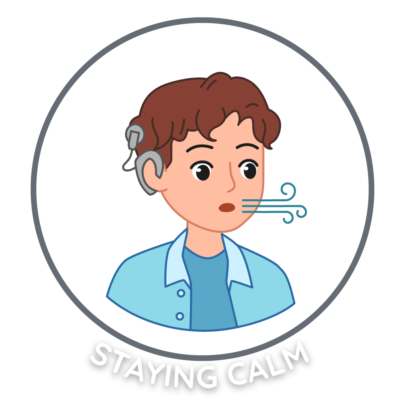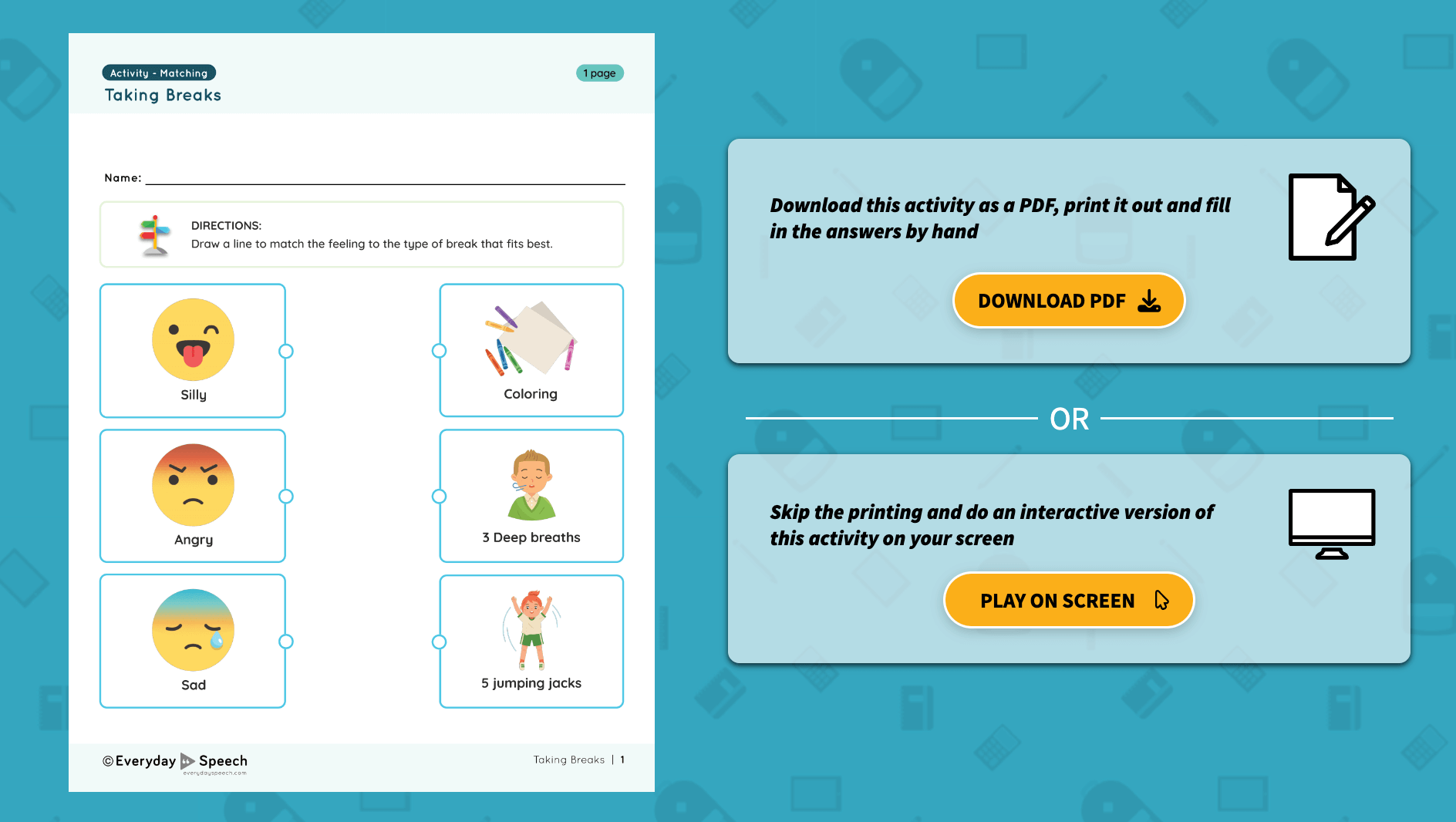
Introduction
Young children are constantly engaged in activities that stimulate their minds and bodies. With all the learning and play, it’s crucial to teach them the importance of taking breaks. Breaks are not just moments of rest; they are essential opportunities for children to recharge, process information, and manage their emotions. In this blog, we’ll explore why taking breaks is important for Pre-K students, how they help children stay calm, and provide a detailed lesson plan featuring an interactive worksheet designed to teach children how to take effective breaks.
Why Taking Breaks Is Important for Pre-K Students
Taking breaks plays a vital role in the daily routine of Pre-K students. At this age, children are still developing their attention spans and emotional regulation skills. Continuous activity without breaks can lead to overstimulation and fatigue, making it harder for them to focus and behave appropriately. Here’s why incorporating breaks into the daily schedule is beneficial:
Improved Focus and Learning: Short breaks help reset the brain, making it easier for children to pay attention and absorb new information. After taking a break, children return to tasks with renewed energy and focus.
Emotional Regulation: Taking breaks provides children with time to process their feelings. This is particularly important for young children who are still learning how to identify and manage their emotions. A well-timed break can prevent meltdowns and help children stay calm.
Physical Activity: Active breaks that include movement help children expend energy and reduce restlessness. Physical activity during breaks can improve overall physical health and support cognitive function.
Social Skills Development: Breaks often include social interaction, which helps children develop important social skills such as sharing, communication, and cooperation.
Staying Calm: The Role of Taking Breaks
For Pre-K students, staying calm is a foundational skill that supports all other areas of learning and development. Young children are naturally energetic and curious, but they can also become overwhelmed by their emotions. Teaching them to take breaks is an effective strategy for helping them learn to self-regulate and stay calm. When children understand that taking a break can help them feel better, they begin to use this tool proactively, leading to fewer disruptions and a more harmonious classroom environment.
Lesson Plan: Teaching Taking Breaks with an Interactive Worksheet
Objective
Students will learn to recognize their feelings and select appropriate breaks to help manage their emotions.
Materials Needed
- Interactive worksheet “Taking Breaks”
- Crayons, markers, or pencils
- A timer
- Comfortable space for break activities (e.g., a quiet corner, a space for physical activity)
Introduction (10 min)
- Begin by gathering the students in a circle. Explain that today they will learn about taking breaks and why it’s important.
- Ask the children if they ever feel tired, angry, or sad during the day. Discuss how everyone has feelings and it’s okay to feel different emotions.
- Introduce the concept of taking breaks to feel better. Explain that just like how they take naps to rest their bodies, they can take different types of breaks to rest their minds and feel calm.
Discussion and Examples (10 minutes)
- Discuss different types of breaks, such as quiet time, stretching, deep breathing, or talking to a friend.
- Provide examples of situations where a break might be needed. For example, if someone feels angry because they can’t have a toy, they might take a break to draw or sit quietly.
Interactive Worksheet Activity (20 minutes)
- Hand out the interactive worksheet “Taking Breaks.” Explain that the worksheet will help them decide which type of break is best for different feelings.
- Guide the students through the worksheet, helping them match feelings to the appropriate break activities. Encourage them to talk about the feelings and breaks as they work.
- Use a timer to ensure the activity stays within the time limit, signal when it’s time to take a short break during the activity, and show how breaks can help them recharge before moving on to the next part of the lesson.
Unlock the Interactive Activity Taking Breaks
by signing up for a free trial today – no credit card required!
Access the Activity Here!
Instant access to thousands of no-prep social skills activities, over 800+ video lessons, and engaging games designed to enhance learning and development.
Break Practice (15 minutes)
- Set up different stations around the classroom, each representing a different type of break (e.g., a quiet reading corner, a space for stretching, a spot for drawing).
- Allow the children to choose a station and practice taking a break. Rotate the groups so each child gets to experience different types of breaks.
- Observe and guide the children, providing positive reinforcement and suggestions as needed.
Wrap-Up and Reflection (5 minutes)
- Gather the students back in a circle. Ask them to share which break activity they liked the most and how it made them feel.
- Reinforce the idea that taking breaks is a good way to help manage feelings and stay calm.
- End with a calming activity, such as deep breathing or a short story.
Conclusion
Teaching Pre-K students the importance of taking breaks is a valuable lesson that supports their emotional and cognitive development. By incorporating breaks into the daily routine and using interactive activities like the “Taking Breaks” worksheet, educators can help young children learn to manage their feelings and stay calm. This foundational skill will not only improve their learning experience but also set them on a path toward healthier emotional regulation as they grow. Encouraging children to recognize their feelings and take appropriate breaks empowers them with the tools they need to thrive both in and out of the classroom.
Sample Video
Students learn best from watching real students their own age model skills. Try out this sample video lesson. We offer our entire Social-Emotional Learning platform free for 14 days here!
Related Blog Posts:
Simon Says Inspired Listening Game for Preschoolers
Emotional Recognition Activity for Preschoolers
Teaching Preschoolers Who to Ask for Help






